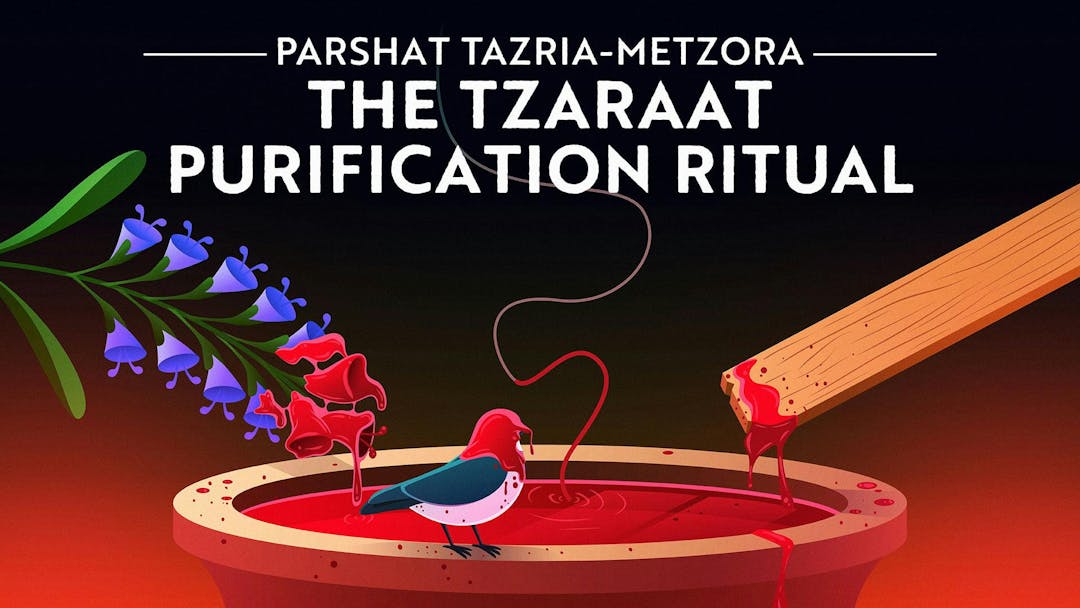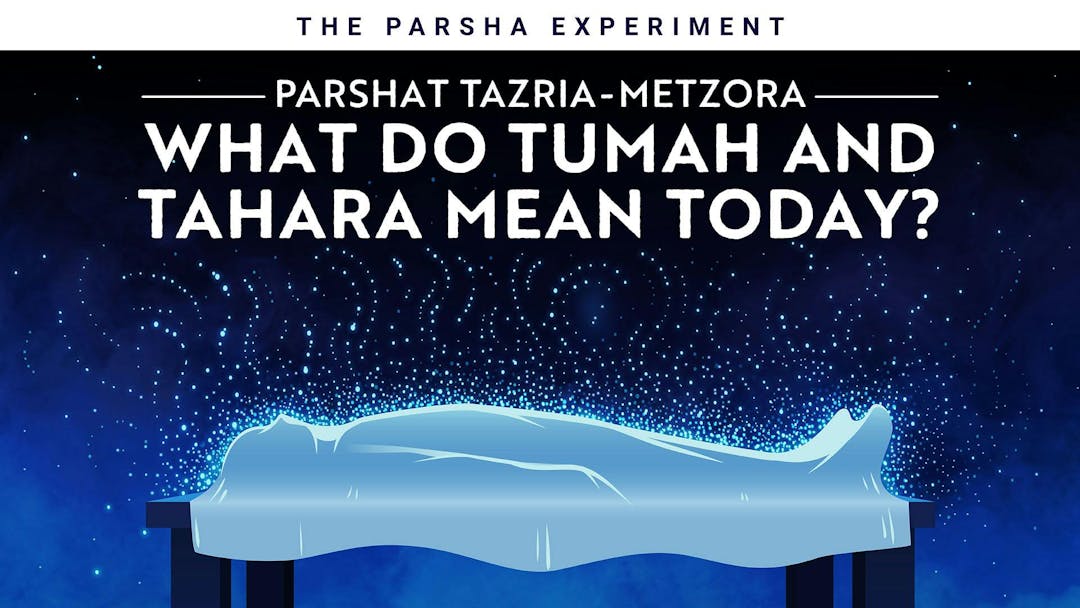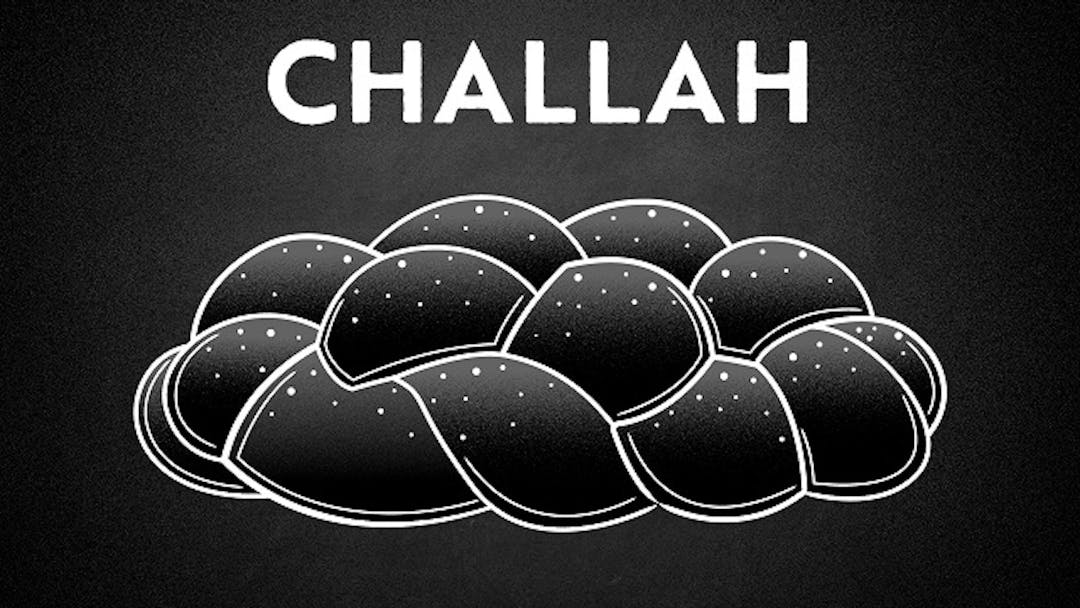Start your free trial today to unlock the full library and enjoy unlimited and uninterrupted access.
Get StartedWhat Does Childbirth Have In Common With Leprosy?
What Does Childbirth Have In Common With Leprosy?
In this double parsha podcast, Tazria-Metzora, we learn about two different ways that one can became “tamei,” spiritually impure: By giving birth to a child and by contracting leprosy. I bet you never expected to see those two things on a list together! How do these radically different ways of becoming "tamei" actually connect? Are we meant to believe that the miracle of childbirth is similar to a plague of deformity? What could childbirth possibly have to do with developing a rash?
Join Rabbi Fohrman and Imu as they reexamine the text of these parshas, and find thematic connections to explain how these strange laws are actually connected. Once you explore the deeper meaning behind these ancient laws of impurity, you'll never think of "tamei" the same way again.
Want to watch the full video for free?
Enter your email and we’ll send you a link to watch the full series free.
What is Aleph Beta?
Aleph Beta is a unique kind of Torah library. Led by our founder, Rabbi David Fohrman, we are dedicated to high-level, textual Torah learning for adults that is intellectually and spiritually sophisticated, that enlivens your Jewish practice and helps you forge a deeper connection to God. Whether you’ve been learning in yeshiva for years or you’re just beginning your Torah journey, you’re sure to find something meaningful and surprising waiting for you here.
Browse our library of over 1,000 beautifully produced animated videos, podcasts, deep dive courses, and printable guides. Topics include the weekly parsha, Jewish holidays & fast days, laws & mitzvot, prayers, relationships, big philosophical ideas and more. Have something to say at the Shabbos table that will amaze your family and guests and bring deep meaning into their lives.











